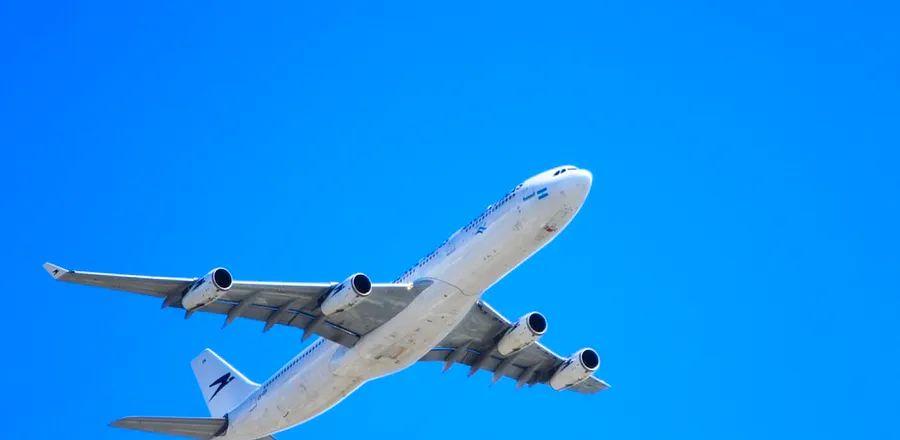How Do Pilots Recover Time During Flight After a Delay?

If you’ve noticed more frequent flight delays lately, you’re not mistaken. The Bureau of Transportation Statistics—the agency that tracks all U.S. domestic flights—reports that 21.6 percent of flights experienced delays in 2023 (up to April). This marks the highest delay rate since 2014. A flight is considered ‘delayed’ if it arrives or departs 15 minutes or more past the scheduled time.
For summer travelers, a surge of delays recently disrupted airports nationwide. More slowdowns are on the horizon. Imagine your upcoming flight from New York to Los Angeles is delayed, possibly due to inclement weather affecting JFK air traffic. After boarding an hour late, the plane finally heads to the runway. The pilot announces they’ll attempt to recover lost time. But what does this really entail?
Many passengers assume the pilot can simply accelerate to make up for lost time, as if driving a car. However, that’s not entirely accurate, says Ryan Irwin, a pilot with a decade of experience at an international airline. “Recovering lost time can be challenging for pilots, as we’re bound by specific maximum speeds.” While a plane can fly slightly faster, the additional fuel costs must be factored in, and often it’s not economically viable for the airline.
Instead of merely speeding up—which would only save a few minutes at best on the New York to Los Angeles route—pilots have other strategies at their disposal. First, they act as the flight's eyes and ears. Think of them as conductors, collaborating with air traffic control and the airline’s operations center to facilitate a quicker journey. “In the face of delays, we can coordinate different departments to streamline departure processes,” Irwin explains. This means they can leverage tools to secure earlier takeoff or landing slots, or adjust the flight path for a more direct route. If a pilot can navigate an earlier landing opportunity in a busy airport’s airspace, that could save precious minutes.
While a delayed aircraft can create logistical challenges for subsequent flights and leave a negative impression on customer service, there are limits to what a pilot can accomplish. Irwin points out that if every delayed flight attempted to utilize all possible time-saving strategies, it could complicate matters further. “Disrupting a finely tuned airline schedule could adversely affect the entire operation,” he explains.
However, there are situations where recovering lost time becomes a priority—especially at an airline’s hub, where tight scheduling is crucial for connecting flights. Airline planners account for various factors, such as runway congestion and busy airspace, by incorporating “schedule padding.” This is why a six-hour transcontinental flight may only log five hours of actual flight time.
By taking on the role of the skies’ conductor, pilots can implement various strategies to regain lost minutes. But don’t expect them to perform miracles—if a one-hour delay balloons to four, it’s unlikely to be made up, no matter their efforts.

1

2

3

4

5
Evaluation :
5/5